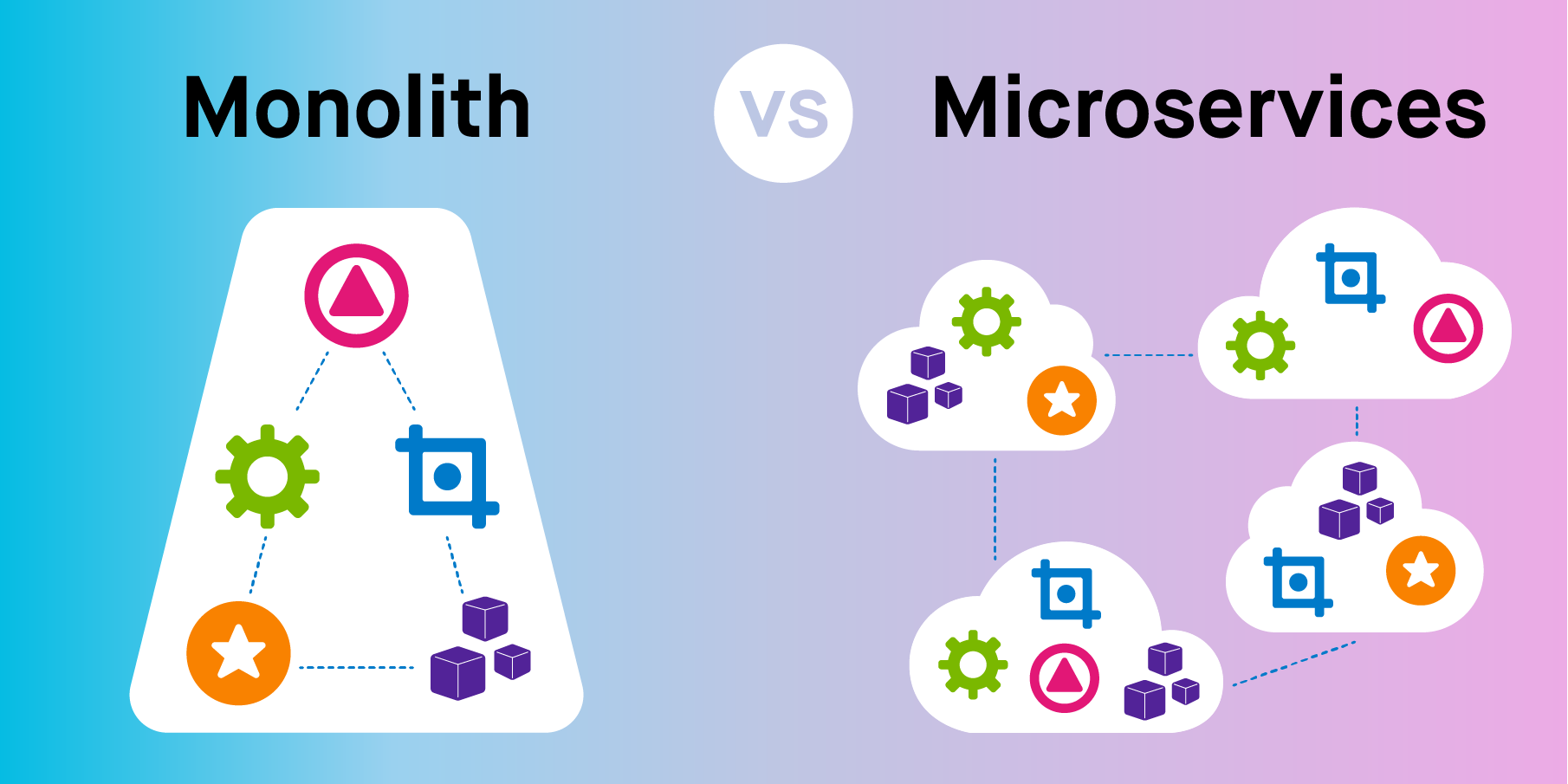//6 min
More than ever, B2C and D2C ecommerce companies are experiencing serious competition in their sector. By 2025, the market is predicted to grow to $11 trillion – and the best way for retailers to stay ahead of their competitors is by offering an exceptional user experience.
In today’s world, customers expect highly customized holistic shopping experiences geared towards their preferences regardless of their device, location, or channel.
To meet these demands, ecommerce companies are leaving behind traditional monolith commerce platforms in favor of more adaptable and scalable platforms using what is known as headless technology. According to Forbes, more than $1.65 billion in investor funds were raised for headless technologies from 2020 to 2021.
So, why is migrating from a monolith platform towards a headless model the key to transforming your ecommerce company’s customer experience?
Let’s break it down:
Moving Away from Monolith
A traditional monolith platform is essentially one big piece of software that combines a client-side user interface with a server-side application and a database. As ecommerce companies have become more advanced and ambitious with what they want to deliver to their customers, these platforms are no longer fit for purpose. According to a 2020 survey, only 57% of ecommerce leaders believed their current platform could be capable of supporting their business for up to one year only.
Users are searching for a holistic shopping experience with a seamless customer journey from discovery to delivery, where every step must be product-focused, user-centric, and data-driven. However, monolith legacy systems come with several obstacles to achieving excellent CX. Slow performance, inflexibility, and maintenance difficulties due to the size and complexity of the codebase are leaving retailers unable to react and adapt quickly to new consumer demands.
The Headless Technology Solution
Many businesses have switched to a ‘headless commerce’ strategy to break away from the restrictive nature of monolithic architecture. A headless system is modular and built from several Packaged Business Capabilities (PBC). Each package can be developed, adapted, and maintained independently, ensuring flexibility and adaptability.
Headless architecture decouples the customer-facing front-end (the head) from the back-end (the body), meaning that back-end developers can ensure quick development of new products and high functionality without disruption to the front-end. On the other hand, front-end developers can fully prioritize offering a seamless and tailored user experience and make changes to multiple channels without the entire platform having to be re-architected. Both teams can innovate in their own way at their own pace without being dependent on the other, making for faster and more flexible solutions.

Headless platforms work alongside other composable technologies within the MACH framework, which stands for microservices, APIs, cloud platforms, and a headless approach. APIs in particular play an important role in headless technology by facilitating the relay of information between the front and backend.
Headless Technology and Omnichannel
APIs also aid headless tech in the smooth and speedy integration of ecommerce platforms to new devices. This is especially relevant for retailers using an omnichannel strategy that encompasses multiple channels, whether it be in-store, emails, websites, or social media. These elements all work together to inform and influence the consumer according to their preferred form of communication.
Retail companies with a strong omnichannel focus retain over 89% and see a 9.5% growth in annual revenue compared to those with a weaker approach. Headless technology facilitates an omnichannel strategy as front-end developers have the freedom to create distinct yet cohesive experiences at each touchpoint, from mobile apps to IoT devices such as smartwatches.
A headless model is also key when it comes to scalability. You can add new features as your company grows to fuel digital excitement in your customers, as well as easily adopt new innovative technologies with minimal disruption in order to stay ahead in a rapidly expanding market.
Customer demands can change quickly and without warning. By opting for a headless approach, retailers can be ready to meet these demands with an agile platform that doesn’t sacrifice customer experience. From providing fast and stress-free development to offering a high level of flexibility and scalability, going headless is the key to staying ahead in the highly competitive e-commerce industry.
You want more insights and practical tips? Read our whitepaper “Holistic Shopping Experience“ – How commerce players can optimize business, technology, and user experience with the right mindset.
Click and find out more about our services, such as ecommerce software development.